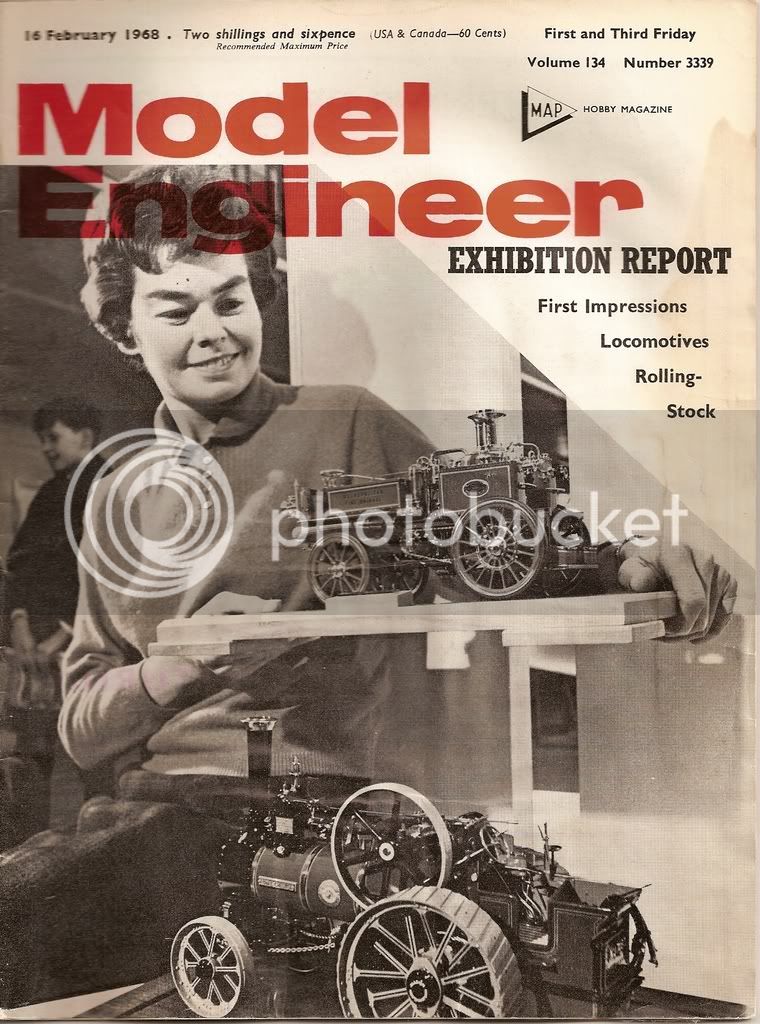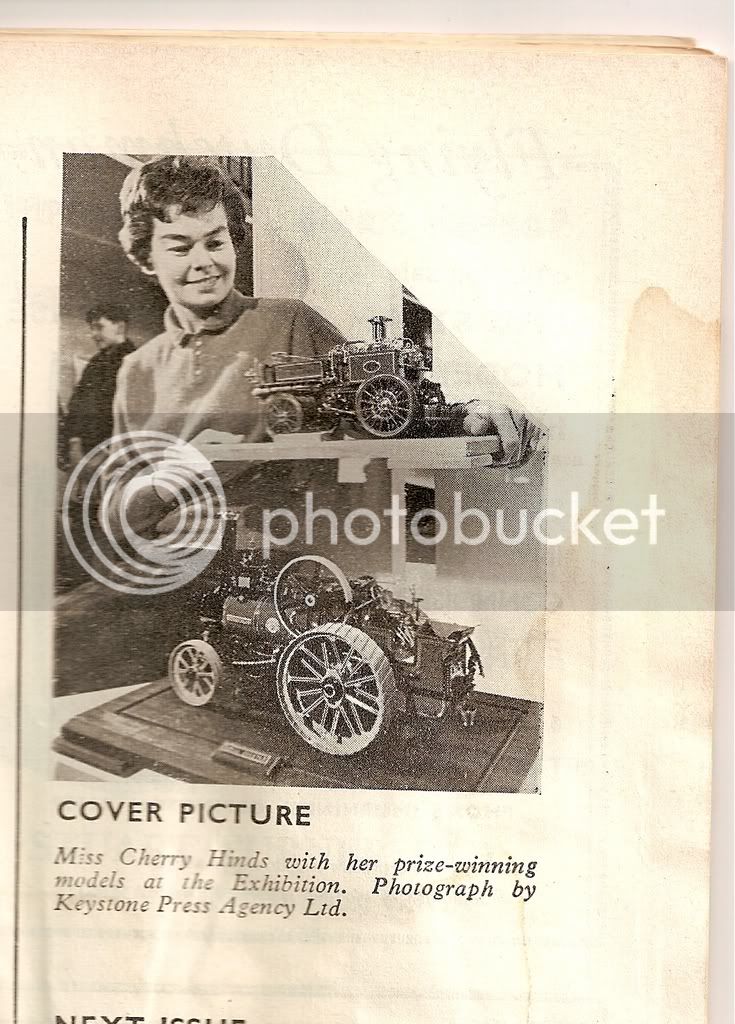mklotz
Well-Known Member
One of the reasons that display quality models (such as Cherry Hill's) look so perfect is that these professionals take the time to ensure that the fasteners are to scale. This means making screws and nuts rather than using commercially available hardware.
While this is hardly necessary when making an engine for one's own satisfaction, many designs will require you to make at least a couple of custom fasteners. When I have to do this, I try to adhere to a standard that at least yields an in-scale appearance.
The rules I use for this are as follows:
D = bolt major diameter
Across flats dimension of bolt hex head and matching nut = 1.5*D
Bolt head thickness = 0.7*D
Nut thickness = 0.9*D
I would be interested in hearing from our British cousins on this point. Do these values agree with what is used over there?
While this is hardly necessary when making an engine for one's own satisfaction, many designs will require you to make at least a couple of custom fasteners. When I have to do this, I try to adhere to a standard that at least yields an in-scale appearance.
The rules I use for this are as follows:
D = bolt major diameter
Across flats dimension of bolt hex head and matching nut = 1.5*D
Bolt head thickness = 0.7*D
Nut thickness = 0.9*D
I would be interested in hearing from our British cousins on this point. Do these values agree with what is used over there?








